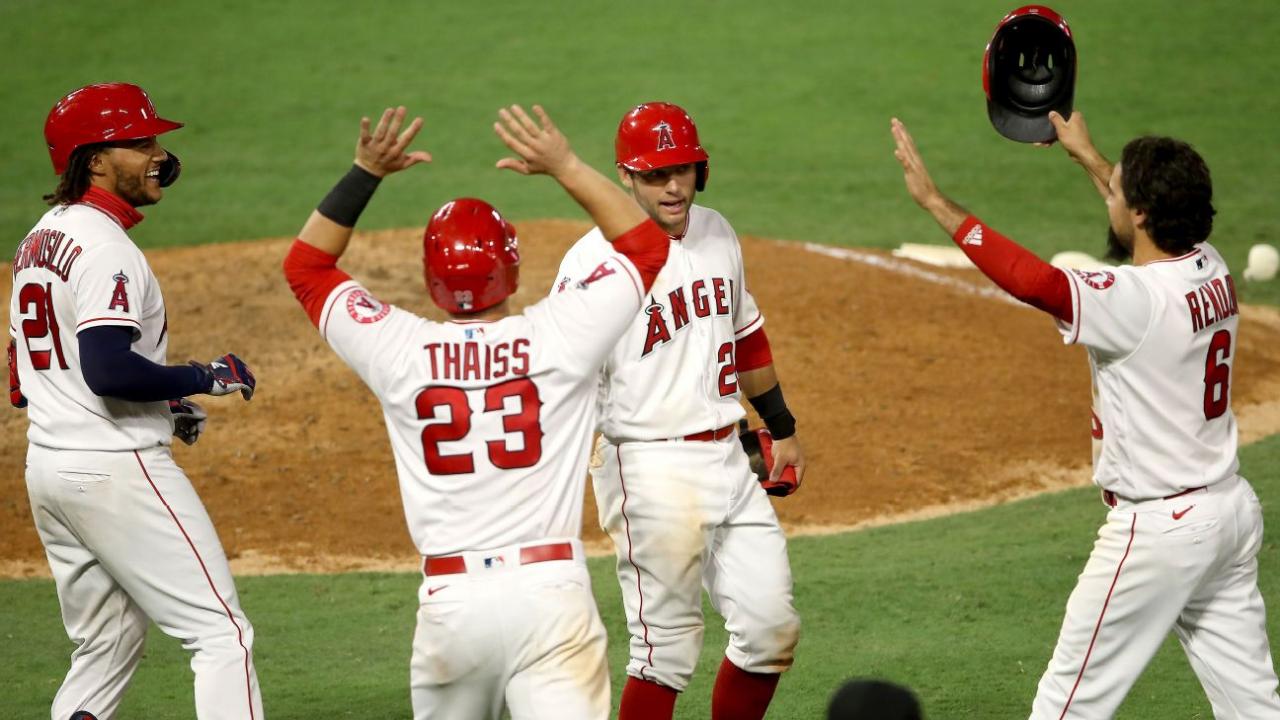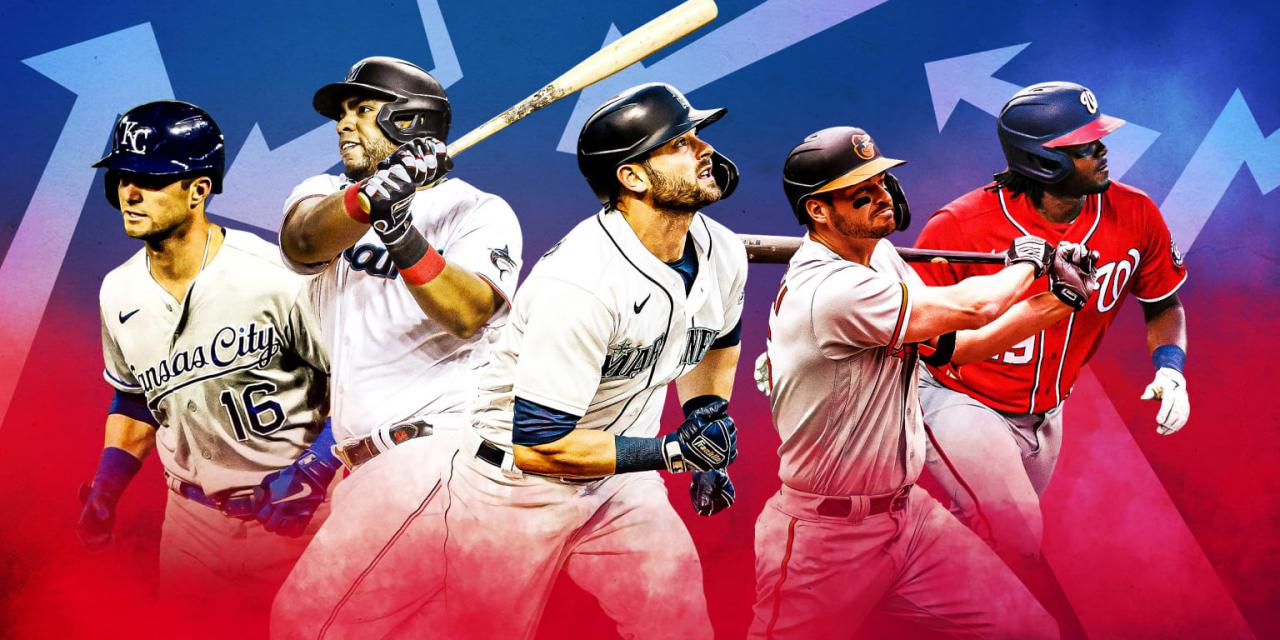The 2021 Major League Baseball season was supposed to be outstanding from the start thanks to a number of proposed rule changes. Now that we’re over 1/4 of the season’s best, we have a way to see how these new rules have affected the sport. With that in mind, we reached out to three baseball insiders — Bradford Doolittle, Sam Miller and David Schoenfield — to share their thoughts on how the rules currently work and whether we should keep them or ditch them. into the dustbin of the historical past.

Additional runner of the innings according to the basic rule
What we love or hate about it
Bradford Doolittle: It’s a catch, and it’s not the best way to define major league video games. I believe that until now this rule was general. However, the message that sends the reply is incorrectly interpreted. From what I understand, people like what the rule forces groups (mostly) to assume that they enjoyed housekeeping in the past. The techniques that come into play when an inning starts with a runner already on second base are… just baseball, in the best sense, which we’ve pretty much recognized the same way we’ve done in the past few years.
2 Connected
People like a variety of techniques, and although jogging around the place of residence has its own charm, they cannot be the subject of someone who offers options for baseball on the field. Deal with the overstimulation of residential races and the use of too many pitchers, and you’ll have a more balanced and balanced sport, and no one will need this stupid gimmick. And as for using it as a measure to reduce the time of the game, it is a clumsy and erroneous method of solving what is actually the main drawback.
Miller: Each half-time is accompanied by terrifyingly unpredictable, dynamic instructions, resulting in unforeseen strategic dilemmas and sharp fluctuations in the expectation of victory almost every game. And the fan has some religion that expert knowledge will deliver what was promised – the winner – in an inexpensive time.
David Shenfield: Considering that one or two video games per hour that go 17 or 18 innings are always fun, I feel the idea of a protracted extra-inning sport is definitely more exciting than the exact product. If a sport lasts this long, it’s usually because nothing is happening. Of course, the total number of hits in subsequent innings last year was 233, which is the lower limit of any inning. The collective strikeout rate was 394, the bottom of any inning. Now we have instant gratification and a strategic choice with a runner on second base. In truth, this rule helps to keep the sacrificial head from disappearing completely. By Sunday, he had made only 20 sacks all season, six of which would come in the following innings.
How does it affect sports
In the final season, 91 out of 208 video games with an extra inning went 10 innings (43.8%). This is a small measure of the model with only 16 additional video games by Monday, however 9 of them (56.3%) ended after 10 innings and another 5 ended after 11 innings – that’s 87.5% of additional innings. inning of video games ended after 11 innings compared to 71.6% last year. So, video games end a little faster, and actually marathon video games are unlikely (we’ve had two 13 inning video games). But it’s definitely not a HUGE difference. The biggest effect is likely to be the elimination of marathon video games, which can wipe out an entire bullpen in one evening and potentially have a ripple effect for days afterward (along with forcing the crew to send a player to the minors for no other reason than to raise a contemporaneous hand ).

Primarily based on early return, the new rule reduced the size of extra inning video games, while increasing the prevalence of scoring and abandoning all-or-nothing approaches. The typical variety of subsequent innings in video games tied after 9 frames dropped from 2.14 to 1.57 last season, while the number of runs per nine overall increased from 4.26 to 43. (Though unearned runs scored by a free runner, the ERA extra- innings really decreased.) In addition, there is an increase in selection techniques. When calculating for nine innings, in the following innings, the number of steals decreased from 0.62 to 1.08, earned runs – from 0.35 to 1.08, and intentional walks – from 0.85 to 1.43. Meanwhile, the number of homers per 9 innings during subsequent innings fell from 1.30 to 0.36. There were as many extra-inning triples (two) as there were homers on Monday.
